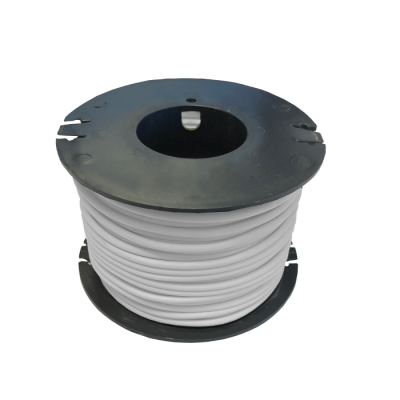Cleanliness in healthcare settings is a critical factor that ensures the safety and well-being of patients, staff, and visitors alike. In environments where infection control is paramount, a robust cleaning regime is non-negotiable. This article explores effective strategies to maintain a hygienic healthcare space, with a special focus on the advantages of using hygienic wall cladding.
The Importance of Cleanliness in Healthcare
Hospitals, clinics, and other medical facilities are high-risk zones for the spread of infections. Maintaining a clean environment minimises cross-contamination, improves patient outcomes, and upholds regulatory standards. A spotless setting not only protects health but also instils confidence in patients and their families.
Daily Cleaning Essentials
- Create a Detailed Cleaning Plan: Develop a comprehensive cleaning schedule that identifies tasks for different areas, such as patient rooms, surgical theatres, and communal spaces. Assign specific responsibilities to ensure accountability.
- Focus on High-Touch Surfaces: Regularly disinfect items like bed rails, light switches, door handles, and medical equipment, as these surfaces harbour harmful pathogens.
- Adopt Proper Waste Management: Segregate and dispose of medical waste according to strict guidelines to prevent contamination and ensure compliance with legal requirements.
- Floor Care: Sweep and mop floors daily using approved disinfectants. In high-traffic areas, consider multiple cleaning cycles per day to maintain hygiene.
Hygienic Wall Cladding: A Game-Changer
Walls in healthcare environments are frequently exposed to contaminants, splashes, and physical wear. Hygienic wall cladding provides an effective solution for maintaining clean and safe spaces.
Benefits of Hygienic Wall Cladding
- Smooth and Non-Porous Surface: Hygienic wall cladding eliminates grout lines and other crevices where dirt and bacteria can accumulate. This makes cleaning quicker and more efficient.
- Durability: Designed to withstand the demands of healthcare settings, hygienic cladding resists stains, scratches, and impacts, ensuring a long-lasting solution.
- Resistant to Moisture and Mould: The waterproof nature of these panels prevents moisture build-up, reducing the risk of mould and mildew.
- Compliance with Standards: Many hygienic cladding solutions meet NHS and infection control guidelines, giving healthcare facilities an added layer of assurance during inspections.
Tips for Installing and Maintaining Hygienic Wall Cladding
- Choose the Right Material: Opt for cladding made from high-quality PVC or similar materials that are specifically designed for healthcare environments.
- Professional Installation: Ensure a seamless and airtight finish by hiring experienced installers. Gaps or improperly fitted panels can compromise hygiene.
- Regular Cleaning: Use approved cleaning agents to wipe down wall cladding. Avoid harsh abrasives that might damage the surface or reduce its effectiveness over time.
Additional Measures for a Clean Healthcare Environment
- Educate Staff: Provide comprehensive training on infection control protocols and cleaning procedures.
- Hand Hygiene Stations: Install ample hand sanitiser dispensers throughout the facility to encourage regular use.
- Ventilation Maintenance: Keep air filtration systems and vents clean to improve air quality and reduce the spread of airborne pathogens.
- Pest Control: Conduct regular inspections to ensure the environment remains free of pests, which can compromise hygiene.
Maintaining a clean healthcare environment is a collective effort that requires vigilance, the right tools, and adherence to best practices. Hygienic wall cladding is an invaluable addition, offering durability, efficiency, and compliance with infection control standards. By prioritising cleanliness, healthcare facilities can provide safer, healthier spaces for everyone they serve.


































